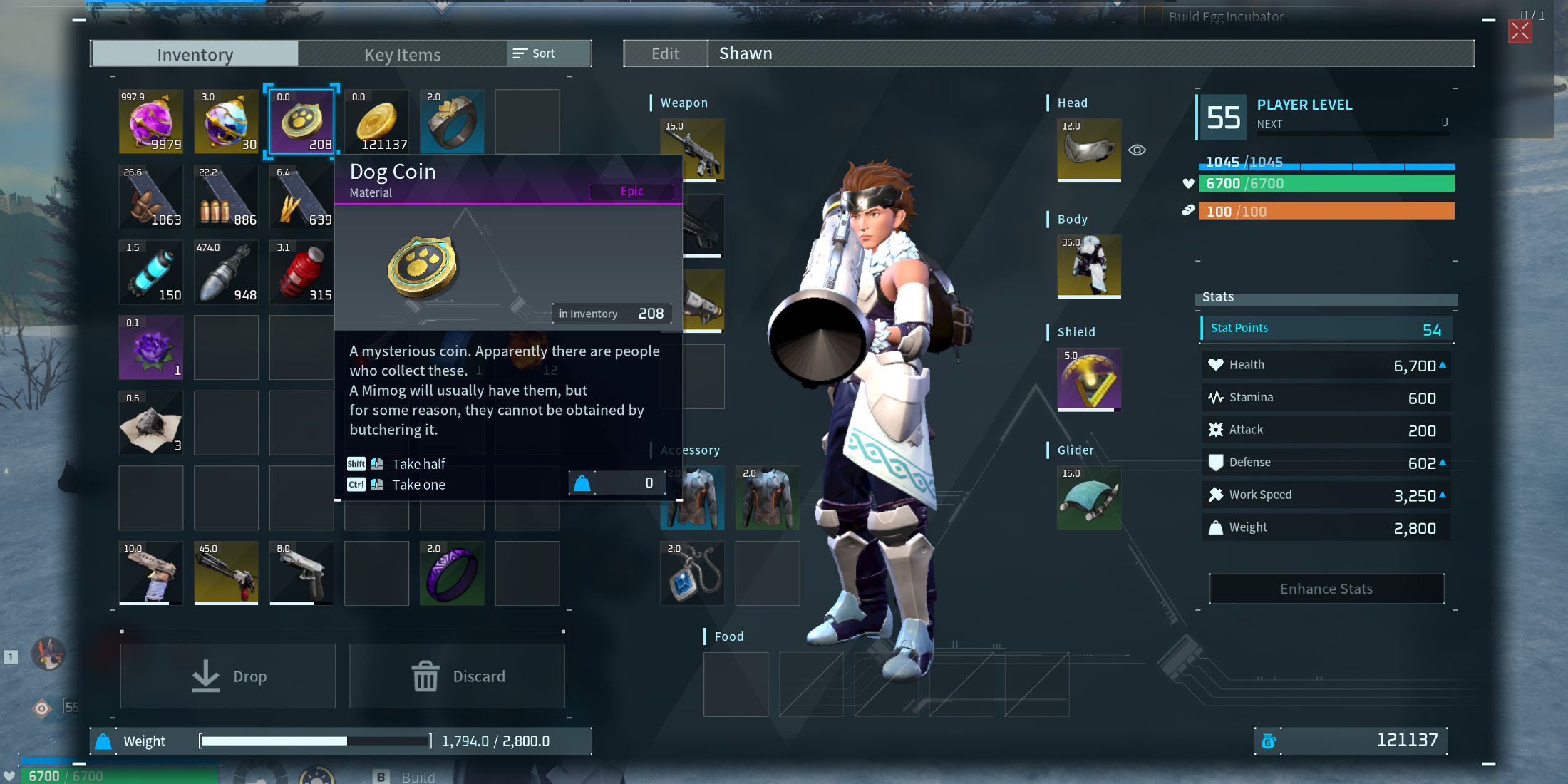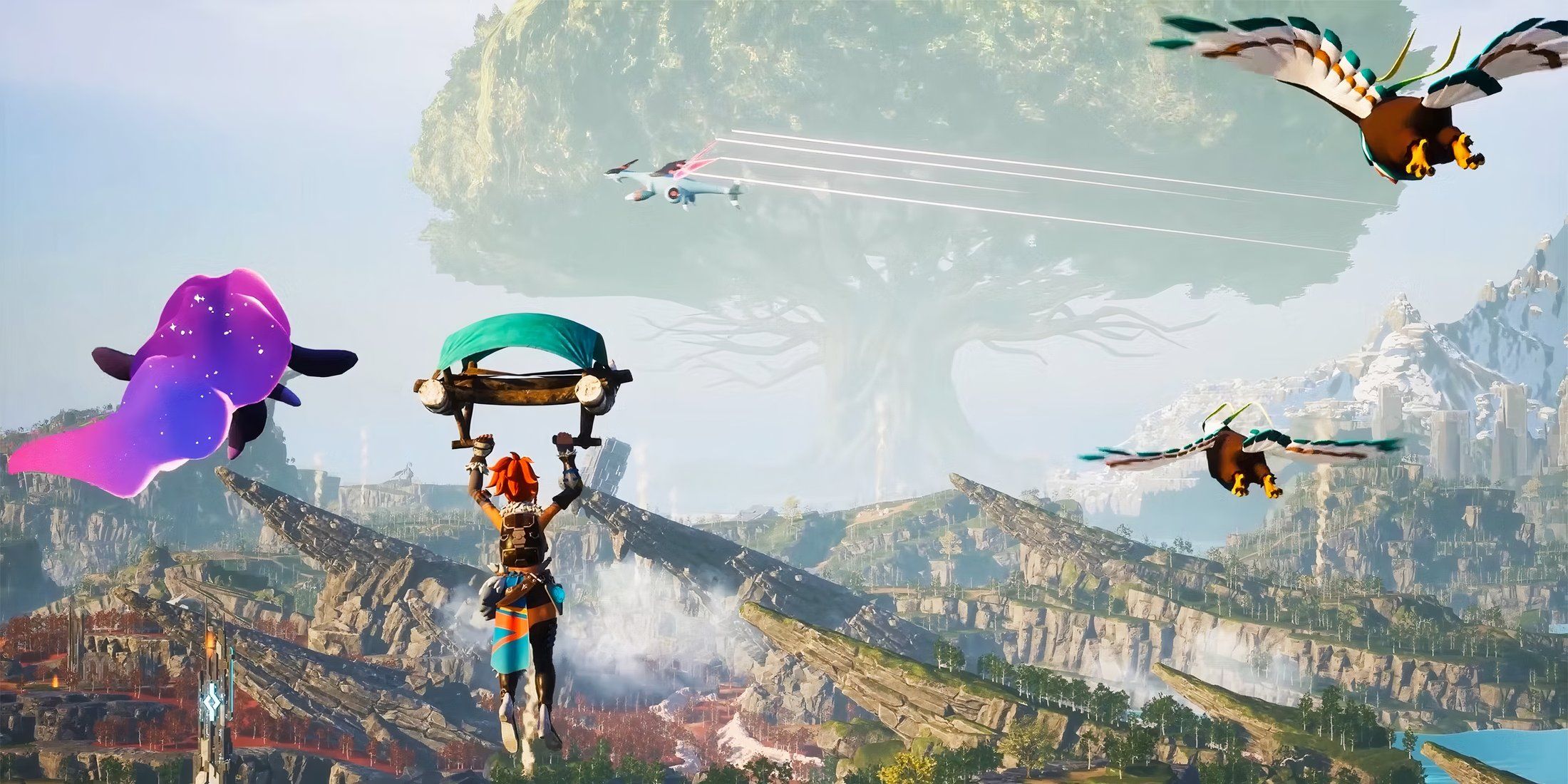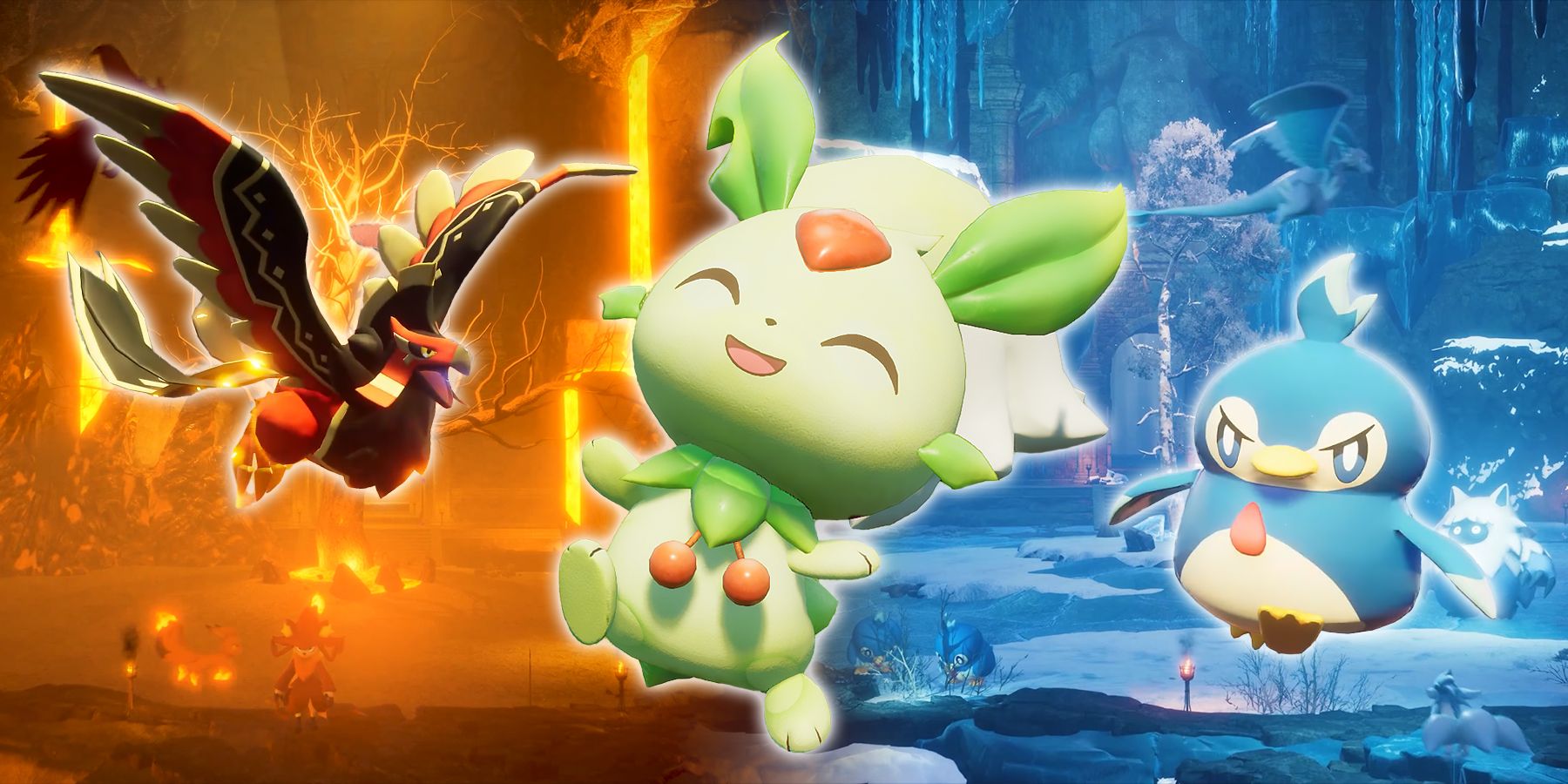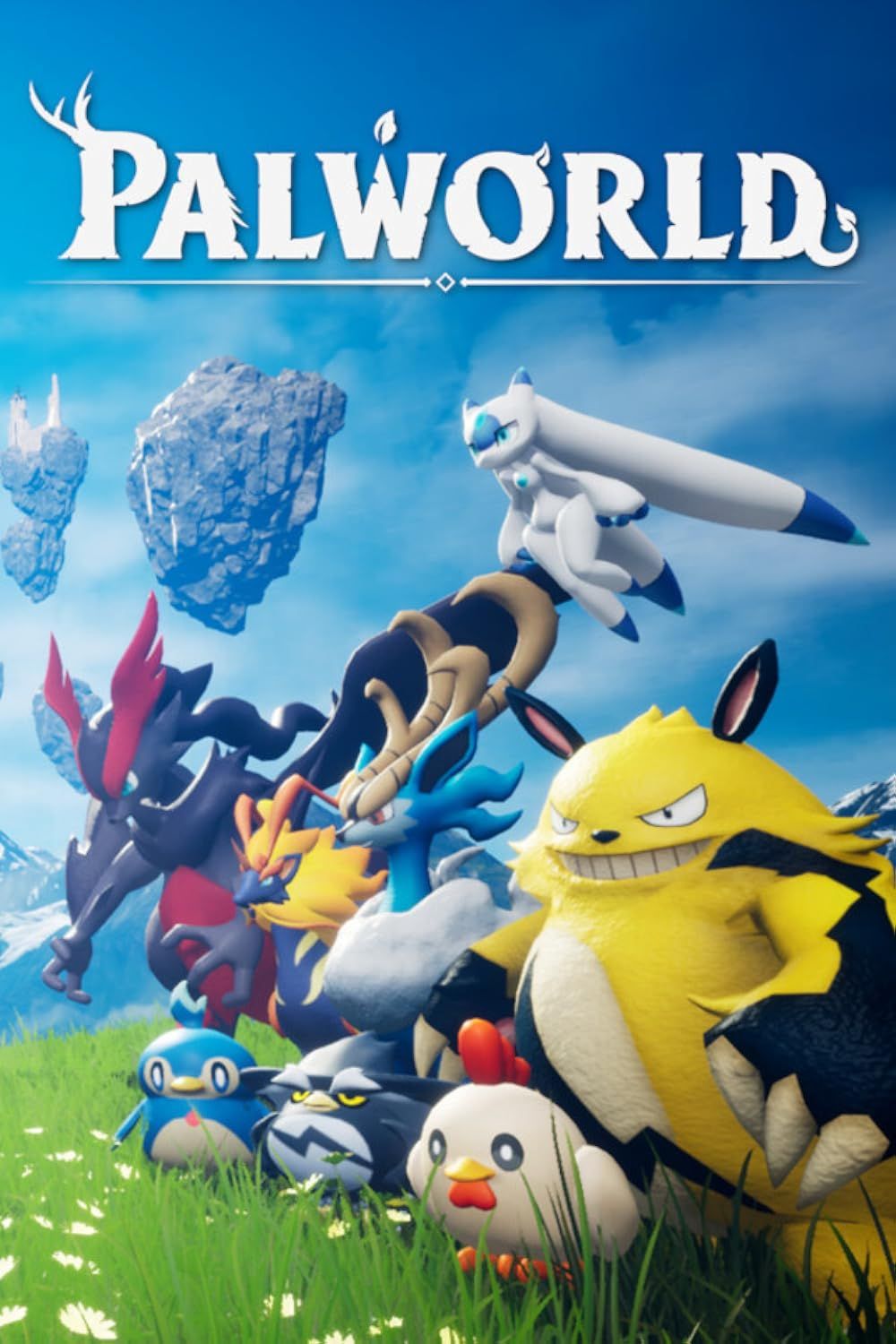Highlights
- Palworld, an open-world creature-collector RPG, has quickly gained popularity, selling over 8 million copies in less than a week.
- However, compared to the beloved franchise it draws inspiration from, Pokemon, Palworld's elemental mechanics fall short in terms of diversity and complexity.
- The lack of elemental variety limits the depth of combat strategies and restricts players to using specific Pals for specific tasks, hindering the game's overall depth and strategy. Future updates may address these concerns.
Indie developer Pocketpair's new open-world creature-collector RPG Palworld has taken the gaming world by storm, having sold over eight million copies in less than a week and continuing to draw new players into its wondrous world. At the center of Palworld's gameplay loop, players will encounter and capture charming animal-like creatures called "Pals," each of which can perform a variety of tasks, including base operations and assistance in combat. Unfortunately, despite Palworld's significant appeal to the gaming community, a disappointing detail arises in the design and mechanics of the game's Pals, especially in comparison to the creature companions of a franchise Palworld was inspired by.
Palworld clearly draws inspiration from Nintendo and Game Freak's Pokemon, but this puts it at a regrettable disadvantage against the nearly thirty-year-old franchise — specifically when it comes to the elemental affinities of its Pals. While Pokemon has had almost three decades to perfect its battle mechanics and Pokemon design, the lack of elemental diversity in Palworld's Pals remains a letdown for its monster-collecting gameplay nonetheless. Pokemon established undeniable potential for the depth and complexity that Palworld has thus far missed in its Pal mechanics.
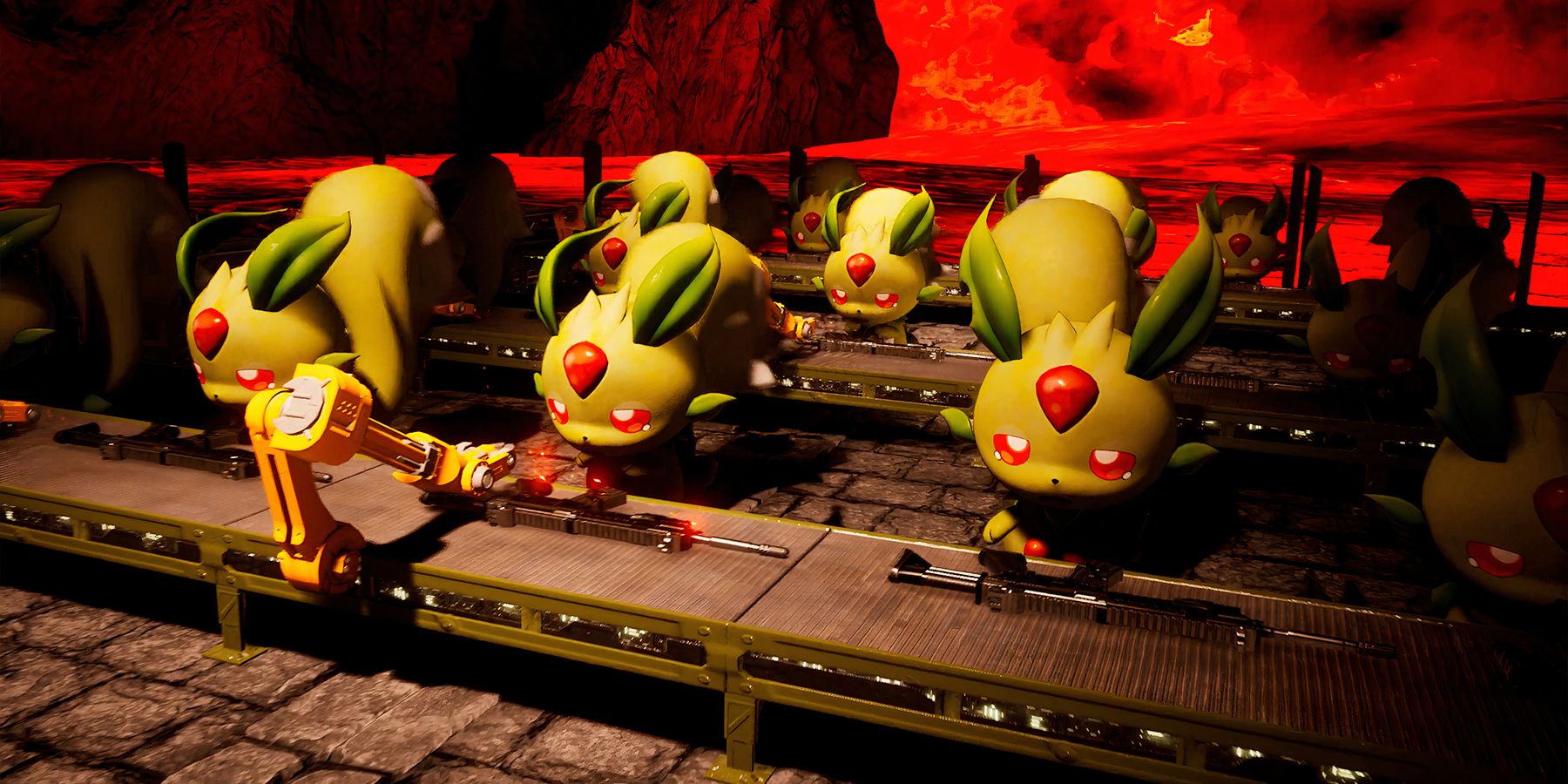
Palworld's Work Suitability System Explained
Palworld's Work Suitability system offers a unique approach to base building and management that many other similar games don't possess.
Palworld's Elemental Mechanics Fall Miles Short of Pokemon's
In a game that seems to shamelessly derive its nature from such a beloved franchise as Pokemon, comparisons are not only natural but also encouraged. As such, it's worth examining how Palworld's Pal elements compare to Pokemon types and identifying their discrepancies from a critical standpoint to determine what they might have been and how they can be improved. These discrepancies are not only clear in the number of elements that exist in Palworld but also in the remarkable simplicity of its elemental mechanics.
Currently, there are nine elements in Palworld to Pokemon's eighteen types (nineteen, including Stellar). Of Palworld's nine elements, eight of them match eight of Pokemon's by name, while Neutral-element Pals are a clear parallel to Normal-type Pokemon. It's unclear whether Pocketpair plans to add more elemental affinities in the future, but the chances are high, considering the positive feedback the game has so rapidly received.
- Dark
- Dragon
- Electric
- Fire
- Grass
- Ground
- Ice
- Neutral
- Water
It makes sense for Palworld's elements to match the names of many of Pokemon's types, especially considering there are only so many elements before original elements need to be created. However, based on this and the very close resemblance of Palworld to Pokemon in other respects, perhaps Palworld could take a cue from Pokemon and more thoroughly develop the mechanics of each element, while simultaneously adding to their numbers.
As of now, every elemental affinity in Palworld except Fire has strengths and weaknesses against only one other element, whereas almost all of Pokemon's types have strengths and weaknesses against multiple elements. For example, Grass Pals in Palworld are strong against Ground Pals and weak against Fire Pals, but Pokemon's Grass type is strong against the Ground, Rock, and Water types and weak against the Fire, Flying, Ice, Poison, Bug types.
...perhaps Palworld could take a cue from Pokemon and more thoroughly develop the mechanics of each element, while simultaneously adding to their numbers.
This inevitably allows Pokemon players to diversify their parties and form unique strategies for every battle, while Palworld players are very limited in their approach to combat. Pokemon players can mix and match according to their situations, but Palworld players are left with no choice but to use very specific Pals to do very specific jobs. If Palworld were to expand its elemental mechanics to encourage players to form a more motley crew of Pals, it would undoubtedly add to the game's depth of strategy.
Fortunately, as Palworld is currently in early access and its developer remains committed to regularly updating it, it's entirely probable its elemental mechanics will evolve in the future. After all, Pocketpair has already disclosed its plans to add more Pals to the Palworld roster in future updates, and in doing so, it may decide to add new elements and mechanics as well.

